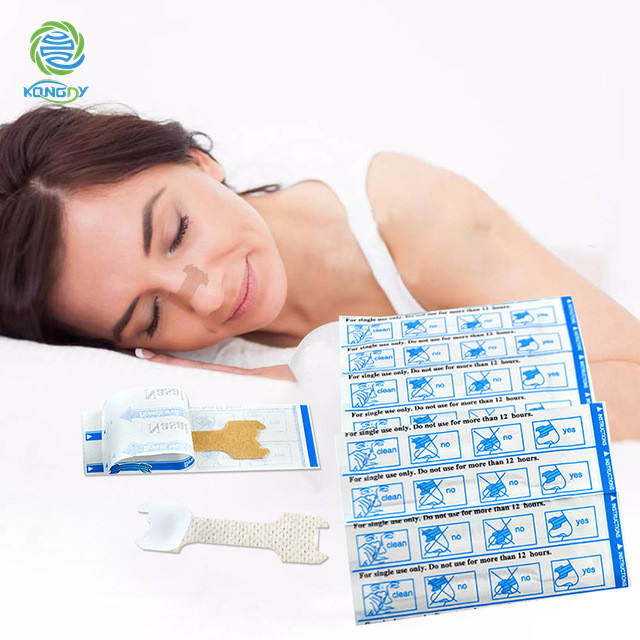Author:Kangdi 15-11-2023
Rhinoplasty or “nose job” surgery sculpt the nose for aesthetic or functional reasons. During recovery, nasal strips provide supportive benefits. They aid healing and help maintain the results of surgery.
01. How Nasal Strips Support Rhinoplasty Recovery
After surgery, nasal tissues are swollen, bruised and tender. Wearing nasal strips helps recovery in a few key ways:
Lifting the tissues reduces pressure and tension on the healing nose.
The light adhesive provides light compression that reduces swelling.
The strips add gentle structure that stabilizes the nose as it heals.
They open nasal airways to improve breathing quality during recovery.
02. Continued Use for Maintaining Results
Many surgeons recommend continuing to use nasal strips periodically after recovery. This helps preserve the cosmetic outcomes of surgery long-term. The light support keeps shape uniform and lift tissues away from the nasal framework.
03. When to Start Using Nasal Strips Post-Op
Experts recommend introducing nasal strips 2-3 weeks after surgery once initial swelling subsides. Light paper tape strips are applied first, followed by flexible adhesive nasal strips a few weeks later. Ask your surgeon when to begin incorporating nasal strips into your rhinoplasty recovery plan.
04. Tips for Using Nasal Strips After Rhinoplasty
Follow these tips for successfully using nasal strips during your post-op recovery:
Cleanse skin and dry thoroughly before applying strips.
Start with light paper tape, then advance to flexible adhesive nasal strips.
Adjust tension so strips lift but don't apply excessive pressure.
Avoid bumping or dislodging the strips once applied.
Use consistently for at least 6 months and as recommended by your surgeon.
Nasal strips are an important aid for recovering from rhinoplasty. They support and stabilize the nose post-surgery while reducing swelling. Continued use helps maintain the aesthetic outcomes.
 0086 19937104978
0086 19937104978





